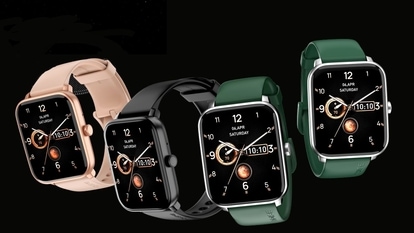AMAZING image of Earendel star captured by NASA's James Webb Space Telescope
The world’s most expensive telescope has yet again achieved an amazing feat, capturing the most distant star ever known. NASA’s James Webb Space Telescope has captured some fascinating images of the Earendel star millions of light years away from Earth. Check out the amazing image below.

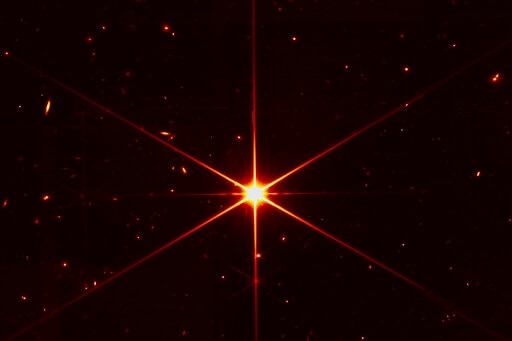

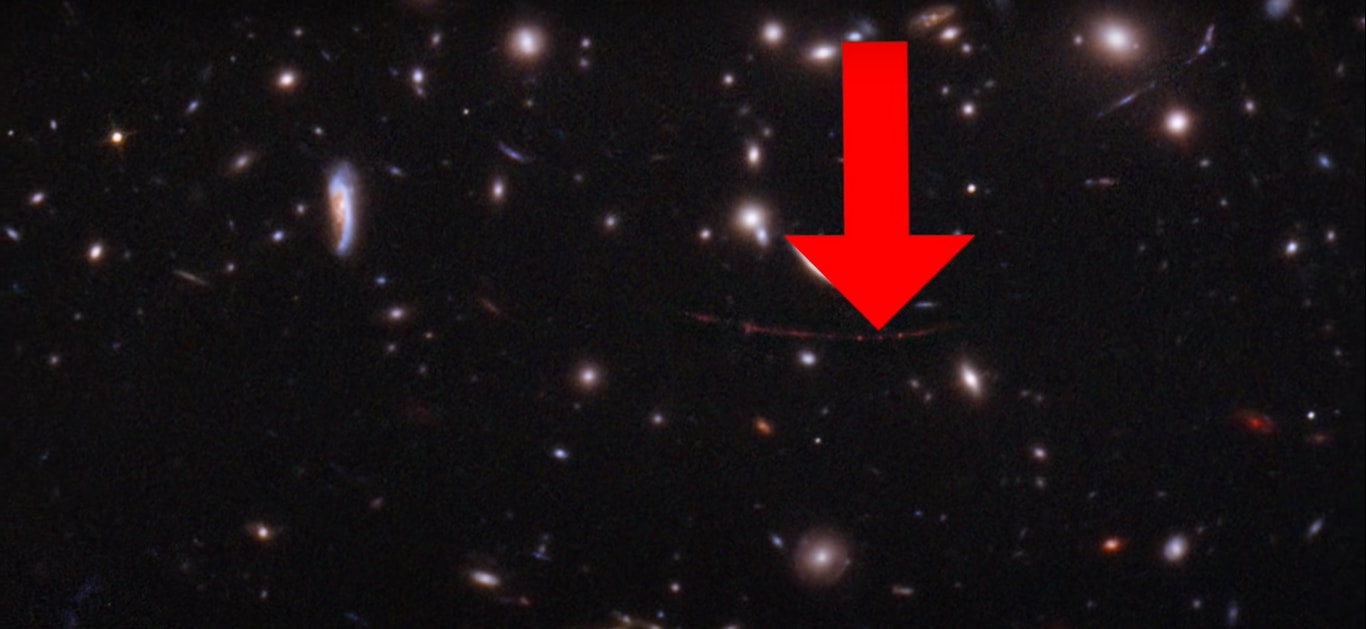
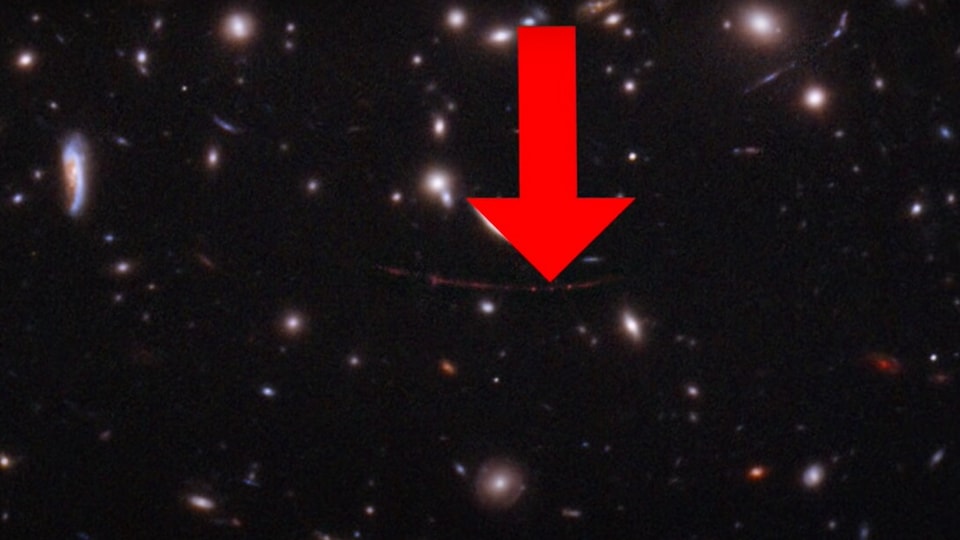

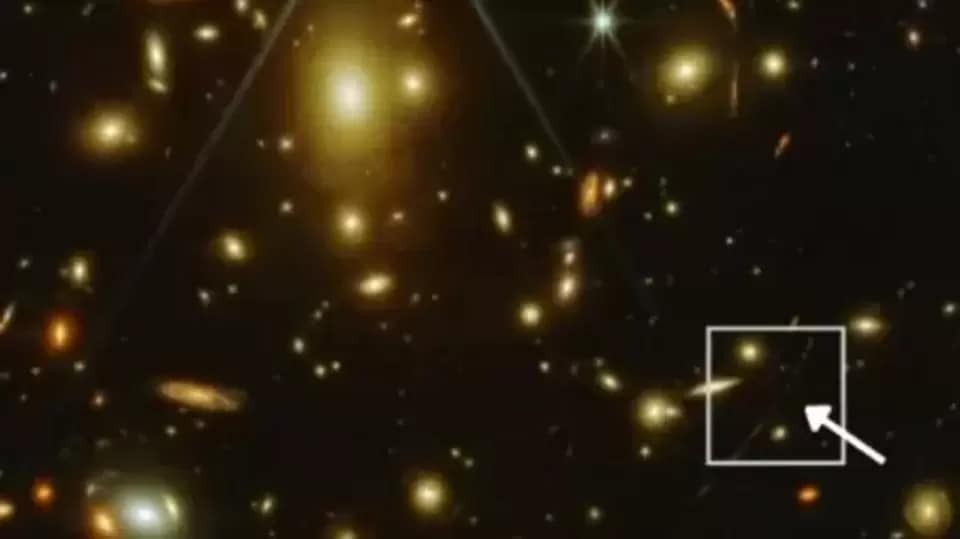
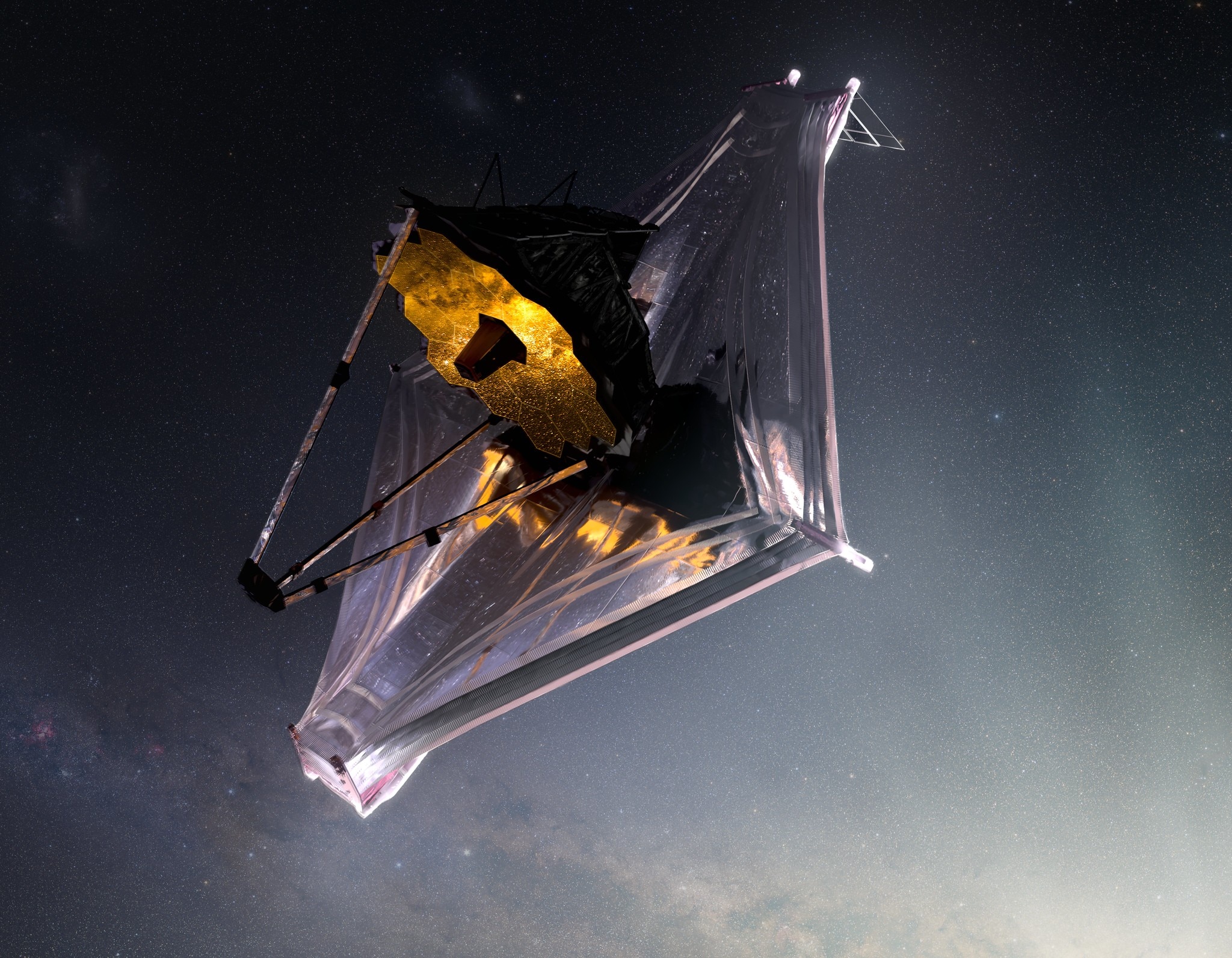
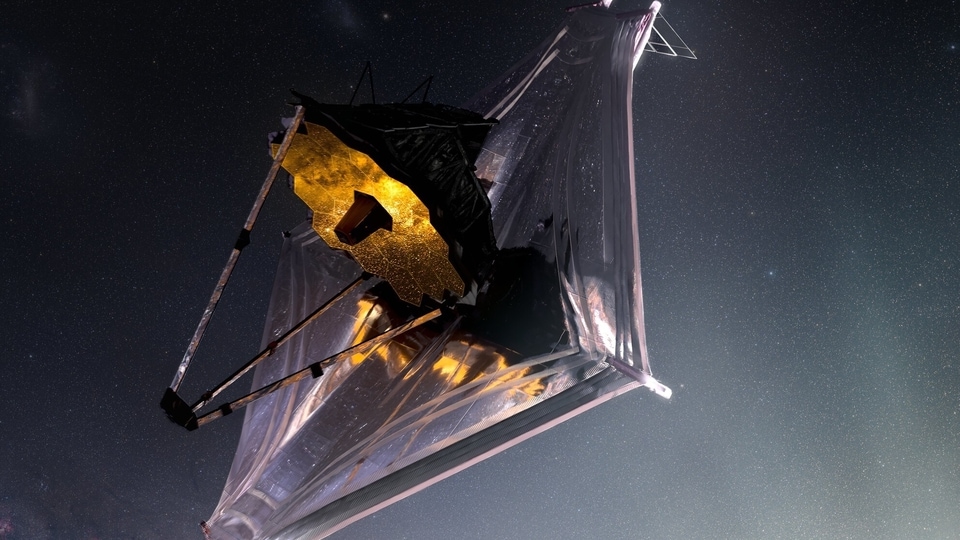
First Published Date: 04 Aug, 11:09 IST
NEXT ARTICLE BEGINS
































